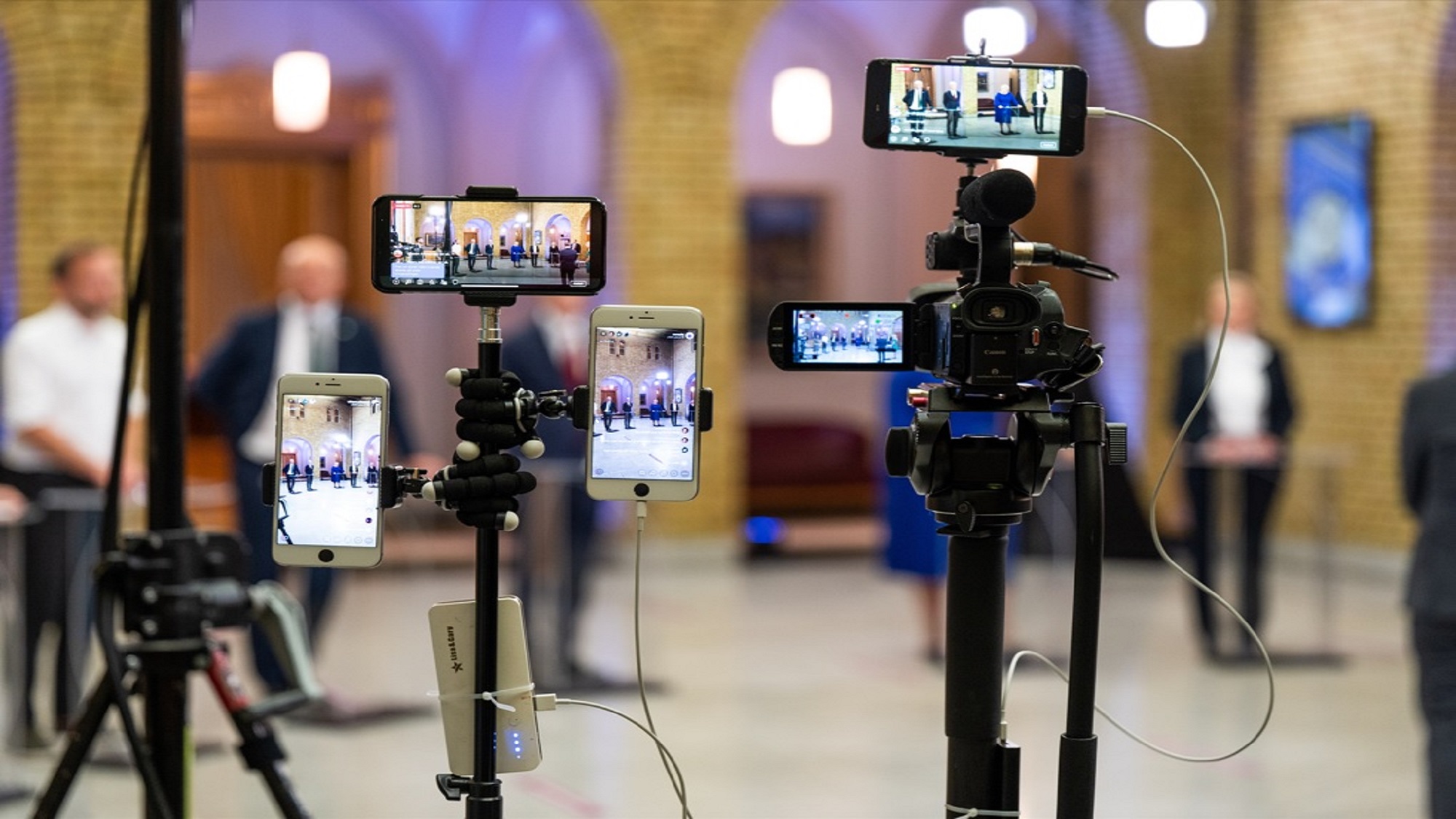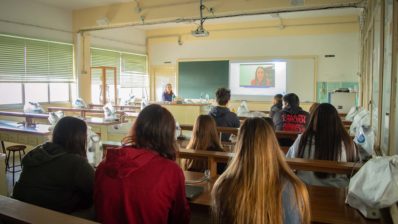The 2018 Quiral Report «Mujer, salud y comunicación» showed 5 years ago the great gender bias in the general media use of experts and reference voices in the health field. These were mostly men, despite the fact that the professions in this area are increasingly feminised. After 5 years, and a pandemic that has revolutionised society as a whole, have we improved in this respect?
A recent study, in which the Centre for the Study of Science, Communication and Society (CCS) has participated, has analysed the characteristics of the “pandemic icons“, those people who became the public face of science during the pandemic created by the coronavirus, explaining what was known and the measures that were being implemented. The study was carried out in 16 countries, where the explanations and opinions of these “pandem-icons” had a lot of power in the public sphere and influenced the scientific and health community itself. And the study shows that we have not made much progress.
We talked to Gema Revuelta, director of the CCS, about the results of this study, especially from a gender point of view, on the occasion of the International Day of Women and Girls in Science, which is celebrated this Saturday, 11 February.
Only 3 of the 16 people who have become ‘icons’ of the pandemic in different countries were women. Did that surprise you?
Considering that most of the health and biomedical research workforce are women, it should really come as a shock. However, we expected it.
What we have seen is that these ‘icons’ possessed a combination of personal and professional characteristics that largely coincided with what had been studied before to define what had is known as “visible” or “celebrity scientists”. And many of these characteristics have a clear gender bias.
For example, one characteristic was holding a high-level position, and we know that power is something that has a clear gender bias. But there are other traits that explain gender bias. For example, some traits relate to the icons’ ability to use (for better or worse) the media and networks, or to know how to become protagonists. And so far, these traits are more prevalent among men than among women. Even just being a man has been associated with being more likely to become a more visible scientist!. Obviously, many of these characteristics are interrelated.
What makes a person visible as an expert on a science-related issue?
Prior to our study, 12 characteristics had been identified in visible and popular scientists. We found that the global icons of the pandemic had at least 8 of these characteristics in common.
Some characteristics have to do with socio-demographic issues, such as being male, of a certain age (usually over 60) and having a good public image – not only in terms of physical appearance, but also in terms of communication. In this sense, icons are clear and interesting and know how to strike a chord with their audience. A clear example is Anthony Fauci – America’s ‘pandem-icon’: he speaks easily understandable English, reaches different audiences (from the lay to the expert), is attractive and elegant and, all in all, generates an excellent first impression.
Another set of characteristics has to do with their media relations and communication skills. Thus, they generally assume that public communication and presence in the media and social networks is part of their responsibility. They know the logic of the media, the needs and limitations of journalists, and use this to achieve their own communication goals. They are more tolerant of journalists’ mistakes, spend time with them and become friends with them. They are generally quite active on social media. They know how to take the conversation towards the more human side, helping to make sense of concepts that are too technical or scientific.
They generally have a good scientific reputation (among the 16 icons studied there is even a Nobel Prize winner) or recognised experience as managers or health professionals, which gives them greater credibility and a certain protection against criticism, which they know how to handle. In this sense, they are mostly “seniors”. They know how to be in the spotlight and do not shy away from controversy. In fact, controversy is often the trigger that makes them leap to celebrity.
Why, despite efforts to get more women into leadership positions in science and retain female talent, do women scientists still have not enough public voice?
It is a combination of interacting factors.
On the one hand, many communication professionals are not yet aware that the low visibility of women scientists as a source of information is a real problem that has very negative consequences from many points of view.
On the other hand, those who do actively seek out women experts to interview often explain that this takes extra time and they encounter barriers such as:
- they find it difficult to identify the female names, as they are less likely to occupy visible positions: there are fewer women laboratory, unit or institute directors, fewer women professors,…
- when they try to interview women scientists who are first authors of research, they are often referred to the director of the woman’s unit, which is not so common among men.
- the still small group of women in very senior positions in research are overburdened with requests.
Even an exceptional situation such as the pandemic has not changed the invisibility of women scientists – what needs to happen to change this?
Indeed, several studies have confirmed that the pandemic has not reduced this bias and in many cases it has even increased it.
In another study carried out at our centre, in the framework of the Quiral Project, we analysed the scientists who had been most popular when talking about the pandemic in Spain, by looking at the number of times their names had been searched for on Google. The list of “popular pandemic scientists” included 26 names. Of these, only six were women. And only one, Margarita del Val, made it into the top five most popular. In fact, Dr. del Val is a case to be admired, for while her presence in the media was not very noticeable in the first months, she gradually became one of the most present voices to talk about the pandemic and one of the most searched for on Google.
The example of Margarita del Val and other scientists who have taken a very active role during the pandemic, understanding the need to participate in the public communication of this issue, serves to affirm that it can be done.
But all this will not be solved by time alone, that much is clear. And change cannot rest with the female scientists themselves, but must be demanded and actively pursued by institutions – through governance, recruitment, advocacy, support, evaluation, authoring and communication policies – by decision-makers, by communicators – with a greater awareness of their role in helping to change things – and by society itself.
Joubert, M. et al., (2023, January 18). “`Pandem-icons’ – exploring the characteristics of highly visible scientists during the Covid-19 pandemic”. Journal of Science Communication.







